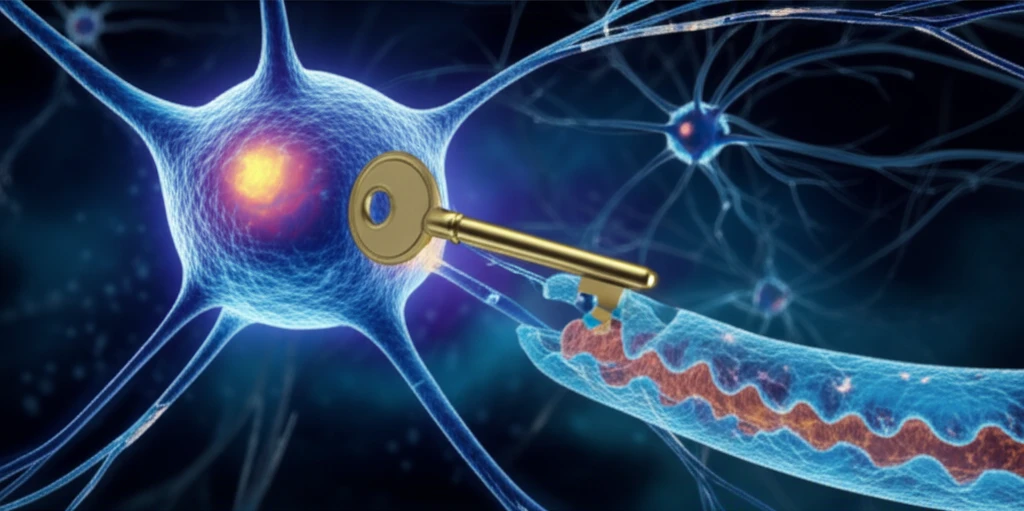
Botox 2.0: How Scientists are Engineering Next-Gen Neurotoxins
"Beyond wrinkles: Explore the cutting-edge research transforming botulinum neurotoxins for targeted therapies and drug delivery."
Botulinum neurotoxins (BoNTs), famed for their muscle-relaxing effects in treatments like Botox, are now at the forefront of biomedical engineering. Researchers are discovering how to harness the exceptional potency and specificity of these toxins to create new classes of therapeutics. These next-generation BoNTs promise more targeted treatments for a wide array of conditions, from chronic pain to neurological disorders.
The key lies in the unique structure of BoNTs. These toxins possess distinct functional domains that enable them to precisely target nerve cells, enter those cells, and deliver specific enzymes. By manipulating these domains, scientists are crafting novel molecules with enhanced or altered properties.
This article explores the innovative engineering strategies being applied to BoNTs, examining how these modified toxins are being developed for targeted drug delivery, novel therapeutic applications, and a deeper understanding of neuronal function. Get ready to explore the future of neurotoxins – a future far more diverse than just wrinkle reduction.
Re-Engineering Botox: A New Era of Targeted Therapies?

The potential for BoNTs extends far beyond cosmetic applications. Their ability to precisely target and enter specific nerve cells makes them ideal candidates for delivering therapeutic payloads directly to affected areas. Imagine a drug delivery system that only affects the neurons causing chronic pain or the overactive cells contributing to a neurological disorder. This level of precision could minimize side effects and maximize therapeutic efficacy.
- Atoxic BoNT Derivatives: Creating safe, non-toxic versions of BoNTs by modifying their enzymatic activity.
- Chimeric BoNTs: Combining domains from different BoNT serotypes to create molecules with hybrid functions.
- Alternative Receptor Binding Domains: Engineering BoNTs to target different cell types by modifying their receptor binding domains.
The Future of Neurotoxins: Precision Medicine and Beyond
The re-engineering of botulinum neurotoxins represents a significant step towards precision medicine. By tailoring these potent molecules to specific targets and delivering customized payloads, scientists are paving the way for more effective and less toxic therapies.
While challenges remain in translating these engineered BoNTs into clinical applications, the potential benefits are immense. From treating chronic pain and neurological disorders to developing new cancer therapies and gene delivery systems, the possibilities seem endless.
As research continues, expect to see even more innovative applications of these remarkable molecules. The future of neurotoxins is not about paralysis; it's about precision, targeting, and therapeutic potential.
